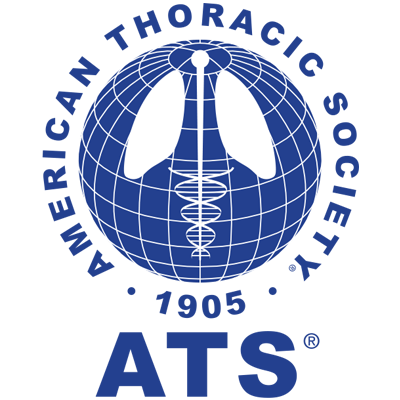Article
ECMO, Resource Allocation Guidance Published by American Thoracic Society
Author(s):
The new document highlights the need for planning and resource allocation during the ongoing outbreak.

In the wake of the ongoing outbreak, the American Thoracic Society (ATS) has released new guidance for the use of extracorporeal membrane oxygenation (ECMO) to support critically ill patients during the coronavirus disease 2019 (COVID-19) pandemic.
Written by a pair of physicians from Brigham and Women’s Hospital, the 13-page document outlines an optimized response plan for resource utilization at medical centers at risk of experiencing additional strain from the ongoing outbreak.
“The key challenge in pandemic settings is to optimize resource utilization so that patients are appropriately triaged and cared for within a hospital and throughout the larger health care system,” said lead author Steven Keller, an ECMO physician in the Division of Pulmonary and Critical Care Medicine at Brigham and Women’s Hospital, in a statement. “This is a daunting task as it requires a level of planning and coordination not routine in our current system and is difficult to implement within a limited window for planning and without dedicated resources.”
With no vaccine and new hotspots continuing to emerge through the nation, Keller and co-author Raghu Seethala, MD, of the Division of Emergency Critical Care Medicine at Brigham and Women’s Hospital, penned the guidance document in hopes of aiding clinicians and hospital administrators in the ongoing crisis. 

The document uses data from 14 published articles to detail support their recommendations, broken down into multiple sections highlighting the need to prepare guidelines ECMO initiation, allocation of scarce resources, equipment, capacity, and collaboration during varying levels of surge caused by the outbreak.
Authors stressed the importance of planning throughout the document, noting the surge in demand for ECMO support and intensive care seen throughout the outbreak. They also recommended establishing a set of guidelines that are both stringent and adaptable as new information becomes available.
“Planning for how to deploy these resources in advance will both optimize care for patients initiated on ECMO support as well as provide guidance for clinicians caring for patients in whom ECMO support is not an option in a resource-limited environment,” Keller said.
Other recommendations are more specific to the level of surge a medical center might be experiencing. In the event of a mild surge, authors recommend a focus on increasing capacity—specifically, developing criteria specific to pandemic for initiation and cessation of ECMO, obtain necessary equipment and expand capacity, collocating/regionalizing ECMO patients, implementing staff protocols that allow for ECMO specialists/RNs to care for more patients based on acuity, and collaborating with other ECMO centers.
In a moderate surge, authors recommended transitioning organizational focus to determine the allocation of available resources. Authors also recommend the development of guidelines for deferring and limiting the use of resources in the event of a major surge.
“Achieving this coordination is vital to ensuring that patients who are likely to benefit most from ECMO, younger patients with severe respiratory failure but without other significant co-morbidities or evidence of multi-organ failure, are able to receive the support that will offer them the best opportunity for survival,” Keller said.
This article, titled “ECMO Resource Planning in the Setting of Pandemic Respiratory Illness,” was published online in the Annals of the American Thoracic Society.





